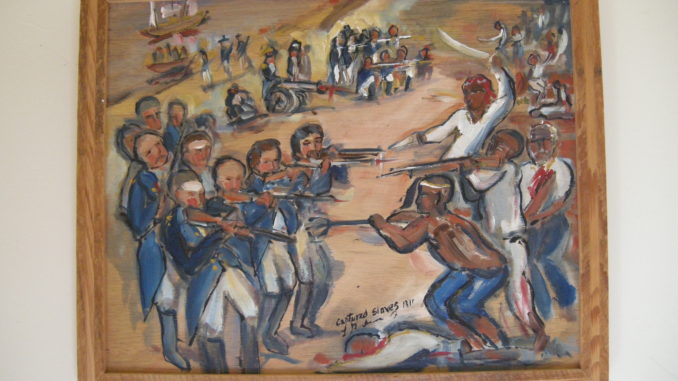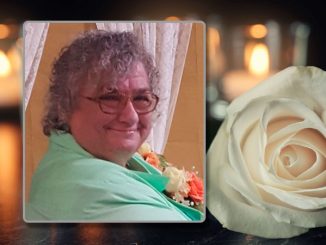
Two hundred years ago, a group of Louisiana slaves led the largest organized rebellion of enslaved people on American soil.
And because of the historical significance of the revolt, which garnered attention in newspapers nationwide and has roots in St. Charles, several events will be held throughout the parish this year to commemorate it.
The year’s events begin on Jan. 8 at 10 a.m. when the East Bank Regional Library hosts a discussion on the revolt with author Daniel Rasmussen. Rasmussin, who has written a book called “American Upsrising: The Untold Story of America’s Largest Slave Revolt,” will discuss the rebellion.
Based on the author’s Harvard thesis, which won three separate awards and caught the attention of scholars across the country, “American Uprising” employs extensive original research to provide a multi-dimensional portrait of the American South just a few years after the Louisiana Purchase.
The day’s events continue at 3 p.m. with the opening of an exhibit about the rebellion at the Destrehan Plantation. The exhibit will feature the art and sculpture of nationally-recognized local artist Lorraine Gendron, who will also be available to sign copies of her book, which includes artwork on the slave revolt of 1811.
Nathan Buman, who has done extensive research on the subject, will also speak at the opening.
The Louisiana uprising began on Jan. 8, 1811 at Col. Manuel Andry’s plantation in present-day LaPlace. There, more than 200 enslaved African-Americans led by Charles Deslondes marched down river for two days and covered 22 miles before finally reaching Jacques Fortier’s plantation near present-day River Town in Kenner.
The rebellion was inspired by events in Haiti, where the enslaved population took over the island nation and abolished slavery. Though the Louisiana rebels were poorly armed, they marched with flags, banners and drums hoping to inspire a similar revolution in their state.
But they were surprised by a detachment of troops on the morning of Jan. 10, 1811 and were forced to turn back upriver. There they were surrounded by a group of local militia and were forced to give up their march.
In all about 20 slaves were killed in the fighting and five buildings along the route were burned.
Only three members of the local militia lost their lives.
Two days later on Jan. 13, 1811, a tribunal was convened at Destrehan Plantation to ascertain the guilt of those who either surrendered or were captured and to determine punishment. After three days of hearings, 45 men were either sentenced to death or sent on to New Orleans for further trials.
Those sentenced to death were taken by troops to their master’s plantation, executed by firing squad and beheaded. Their heads were displayed on poles at that plantation.
More events scheduled to commemorate the rebellion include:
•Feb. 10 – a 7 p.m. mass at St. Charles Borromeo Church in Destrehan, to remember those who gave their lives fighting for the freedom of enslaved African-Americans in 1811.
•March 16 – a tour guide workshop on “Interpreting Black History at Historic Sites” at the Mule Barn at Destrehan Plantation. Advance registration is required.
•April 16 – Concert at Mt. Zion Church in St. Rose with Dr. Willis Patterson, Jacqueline Page Green, Richard Hudson and Charles Lloyd presenting a program of slave songs and spirituals.
•May 4 – The Destrehan Plantation Heritage Festival for grades 4-8 with several events in commemoration of the 1811 revolt.
•June – the New Orleans African American Museum will feature Juneteenth exhibits and special programs pertaining to the 1811 Slave Revolt.
•Oct. 14, 15 – “Black Resistance in an Age of Revolution, a Symposium commemorating the Louisiana Slave Uprising of 1811” will be hosted by Tulane University.




Be the first to comment